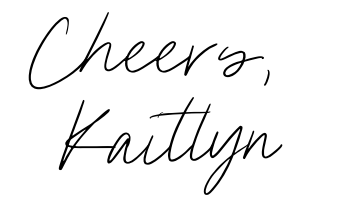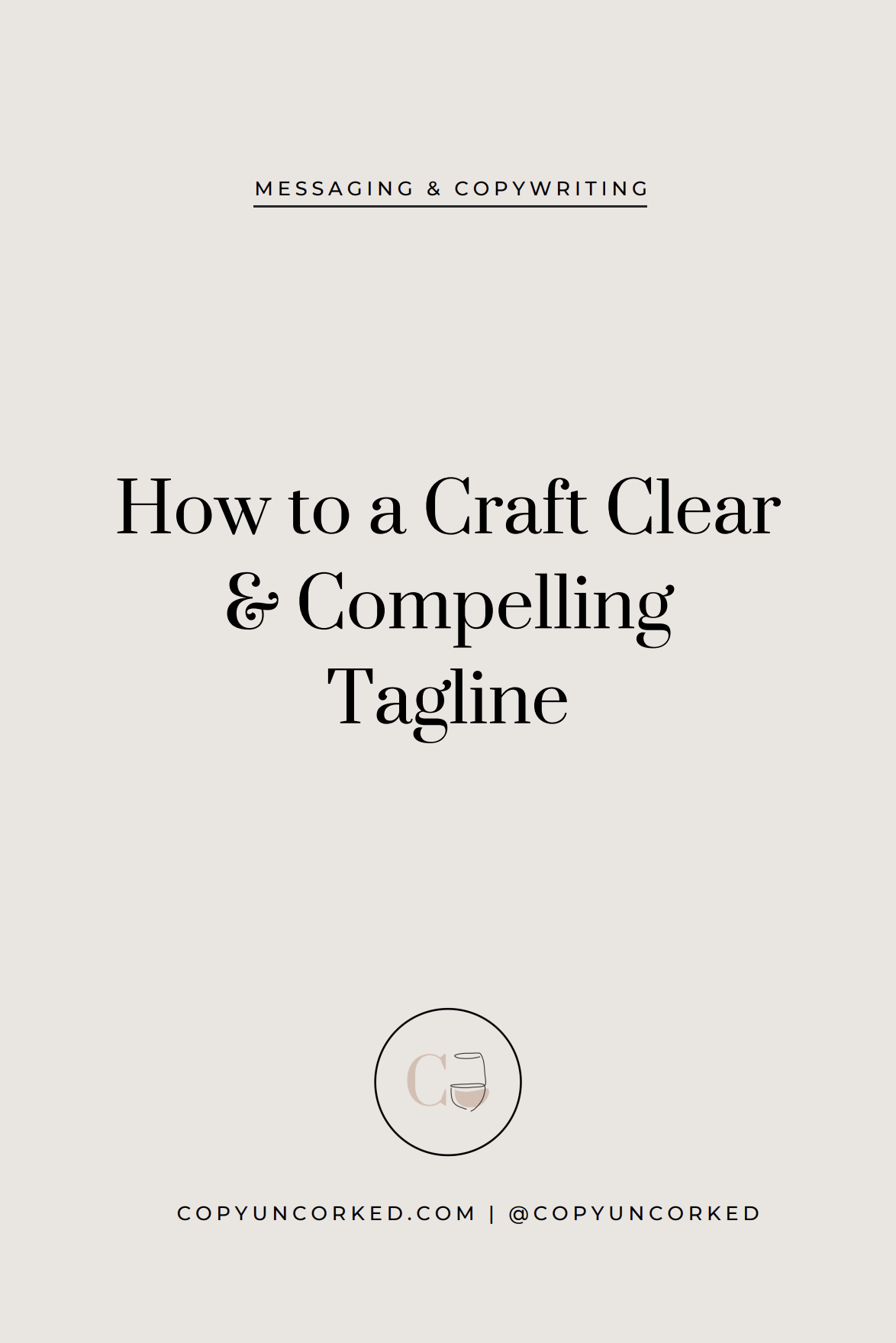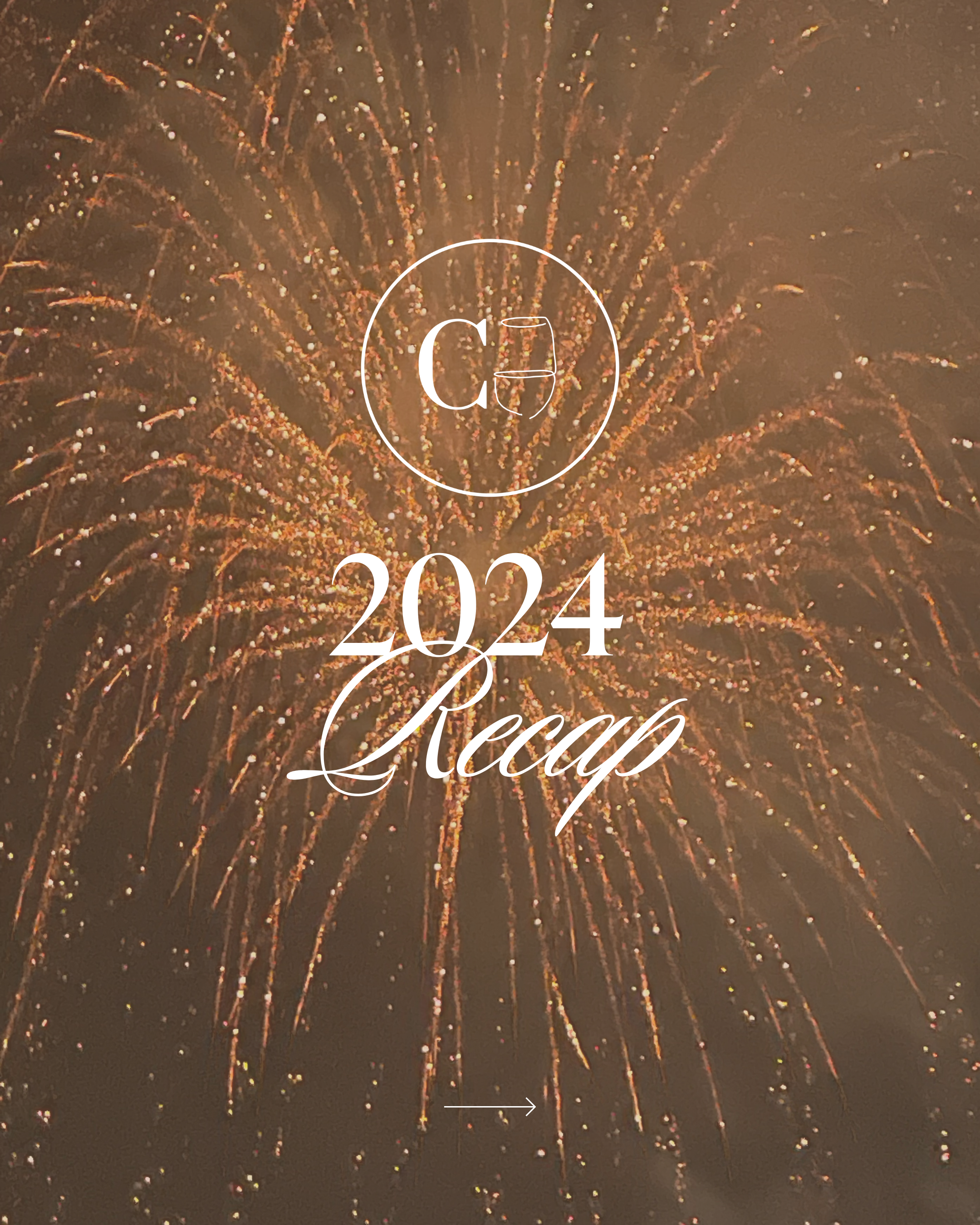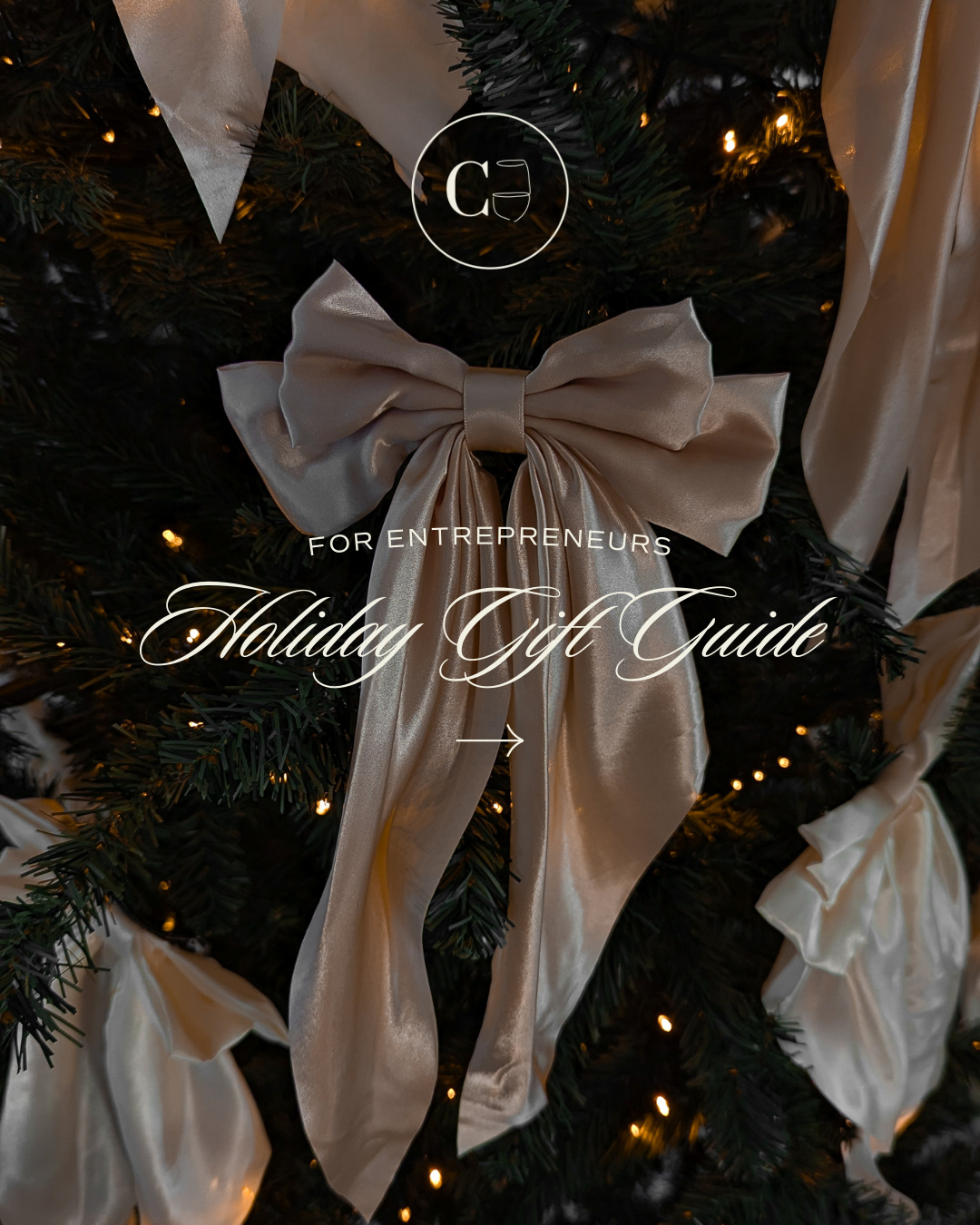There’s often some confusion about what a tagline is, the difference between a “slogan” or a “catchphrase”, and what their intended objective even is.
So today I’m diving into tagline development and sharing how to craft a clear & compelling one.
In our brand messaging work with clients, we cover tagline development – and it’s either the first or last thing to come together.
First, because it often comes in conjunction with the brand name.
For Example, The Copy Uncorked Tagline Development
For example, when I came up with the brand name Copy Uncorked, I almost immediately thought of the tagline, “Words to grow your business like a grapevine”, as they just went so hand-in-hand!
Other contenders and phrases I use are: “Get your words flowing” and “Where words flow like a fine wine”.
But I ultimately went with the first because I felt like it conveyed more of a promise (or a desirable end result) to our prospects – the growth of your business!
Given the catchier name, I wanted to ensure my audience made the connection between words + wine, so an accompanying tagline / slogan was the perfect solution to help do so.

For Example, Personal Brand Name Tagline Development
Sometimes the tagline is the last thing to come together because the brand’s name is a bit more straightforward, so it’s not as obvious. In this industry, for example, you might see something like “Kelly Smith Creative.”
That’s not always as easy to derive an immediate tagline from, so it takes a bit more work on the messaging to later distill down Kelly’s core message and an eventual tagline.
The other option would be adding a slogan of words to clarify what type of ‘creative’ services Kelly offers, like perhaps: “Brand Design & Calligraphy”
I’ll elaborate more on this case below!
The Difference Between a Slogan & a Tagline (or Catchphrase)
“Tagline” and “slogan” are often used synonymously, despite having their subtle differences. There’s a lot of definitions floating around the internet but here’s one from Entrepreneur.com’s small business encyclopedia and elaborated on by HubSpot that distinguishes the two:
A tagline is a catchy quip that evokes an image of your brand in the minds of your customers. Taglines enable people to make lighthearted associations with your business: “When I see [tagline], I think [company].”
Taglines are more often next to the company’s logo on official advertisements and are dedicated more specifically to brand awareness than slogans.
—-
A slogan encompasses a company’s mission, what it stands for, and even how it’s helping customers in the individual campaigns the company might run.
Slogans can, therefore, be longer than taglines, as you’ll see in the list below. Slogans carry a brand’s values and promises as the company grows and evolves, and can be promoted under an overarching company tagline.
So for slogans, think advertising purposes, and for taglines, think what a company might have posted up on their wall, or included next to their logo design.
As HubSpot says, and as is the case for most smaller scale businesses with less frequent advertising campaigns:
“Your organization doesn’t have to develop both a slogan and a tagline — it might succeed with just a solid, recognizable tagline. But as you develop new products and identify new types of customers, you might find your brand launching a campaign that is primed for its own slogan.
So don’t get too hung up on the difference, as you’ll most likely use the terms interchangeably! 😉
Common Misconceptions About Taglines
All that being said, a lot of business owners can get really hung up on having a clever or catchy tagline.
I get it! They’re fun, they’re memorable, they can set you apart!
But in most cases, a tagline ends up serving as a simple, clear descriptor of a business’ products, services, and values. (Like shared in the mock example for Kelly above.)
Here’s another example that’s top of mind:
I recently worked with Drop Cap Design on her brand messaging, and the tagline came last in the process.
We wanted to avoid using the word “design” again so it wasn’t redundant but we wanted to clarify what type of design she did, while also communicating how her brand design process and experience was different.
A lot of it came back to purpose, storytelling, intention, meaning, thoughtfulness, etc.
In the end, we landed on the simple but strong statement: Branding with Purpose.
This is a phrase that Drop Cap can use where characters or space is limited, or in conjunction with their logo. It’s also one that can evolve as their brand does over time.
Face it: Clear bests clever every single time.
Other less than desireable taglines are when you just resort to 3 words separated by periods, like TONS of Fortune 1,000 companies have (really, you’d be surprised).
Here’s a made-up example:
GenTrix
Passion. Purpose. Power.
Like, huh?
I have no idea what you do or why that benefits me.
The only time I’d even consider this is when the brand name is clear as to what the business does and the meaning of those words is adequately expressed throughout the rest of the company’s branding.
Why What Works for Nike Might Not Work For You
I think it’s impossible to write a blog post about taglines without bringing up this company, so let’s take a look at America’s favorite tagline – Nike’s Just Do It.
Let’s pretend you heard the words “Nike” and just “Just Do It” for the first time today with no visual branding or context.
You wouldn’t have much (if any) insight to what the company does.
Nike was founded in 1964 and originally known as Blue Ribbon Sports. It was later rebranded to Nike in 1971 and named after the Greek goddess of victory.
(But most people aren’t aware of that, they don’t make the connection between a greek goddess and sporting gear, and they most likely just assume it’s a made-up word.)
Further, the tagline “Just Do It” didn’t happen until 1988. So Nike had already worked up years of brand awareness over that extensive period before advertising their famous slogan.
(Side note: If you want more on “Just Do It’s” interesting origin story – read it here.
The campaign did, however, help launch them into a global multi-million dollar brand and overtake its primary competitor at the time – Reebok.
Point being: The catchy line worked for an already known company by conveying a brand sentiment that connected with its audience.
The emotional ‘sentiment’ piece is really what you want to take away from it!
How to Craft a Compelling Tagline
So, writing a tagline depends largely on the name of your business, your audience, your market, your values, and your mission.
The best way to write one is to start by first defining all of the above and asking yourself the below:
WHAT do you do?
Why do you do it?
Who do you do it for?
Why should people care?
What’s in it for them?
What’s the end result?
How do you do it differently?
What values inform your approach?
Once you have a clear mission and core understanding of your offerings, distill it down as much as you can.
Taking it back to the Copy Uncorked example, part of our mission is to:
Provide brands & entrepreneurs with crystal clear messaging and high-converting copy in a fun but serious-about-results manner that helps them generate more revenue and grow their business like a grapevine.
Tweaking & reducing that, it becomes:
Get your words flowing and grow your business like a grapevine.
*(As seen in my Instagram profile bio)
Reducing that it becomes:
Get your words flowing
*(As seen front and center on the website)
This isn’t a perfect example because the end phrase isn’t in the first phrase, but it still shows you how you want to keep as much meaning and intent intact, while still striving to be as succinct as possible.
Ultimately, I don’t believe the challenge of “words” should keep a business owner from achieving their goals and creating a profitable business that allows them to live their life on their terms.
That’s the core sentiment I’m trying to convey.
ACTION: Take the above guide and example to work on outlining your own! Drop it in the comments below and I’ll review it!
Don’t be afraid to write out a bunch of options until you get it right. I’ll write out TONS for clients, sit on it, and then later review them to see which ones stick out the most and feel the most natural. Then, I’ll present a few to the client for them to weigh in.
Another thing to consider is how you can take a different POV or approach than the competition. Review brands in your industry simply to understand how they’re positioning themselves and try to generate an angle that’s original to you.
Lastly, pay attention to how your clients / customers talk about your brand. I absolutely love Target’s latest ad campaigns, that express the slogan: “Target Run & Done”.
It’s genius because how many times have you as the customer said you’re going on a “Target run”? It’s a perfect example of using “voice-of-customer” data in your marketing!
Your clients / customers are the best copywriters – I swear!
5 Quick Takeaways for Tagline Development
When writing and deciding on your tagline, here are 5 things to keep in mind
1) Keep it succinct
2) Be clear over clever or catchy
3) Make it client-driven
4) Communicate a benefit
5) Convey emotional sentiment
Additional Resources to Check-Out
The Best Advertising Taglines Ever
4 Common Mistakes to Avoid With Your Tagline
Good luck! Need additional help with your messaging and tagline development?
Check out our services and get in touch here.


Read the Comments +
-
Hi Kaitlyn,
Thank you for this post. I’ve been really stuck on writing for my blog. How’s this for a tagline?“Styling tips and growth mindset for the person you want to become”





Hi Kaitlyn,
Thank you for this post. I’ve been really stuck on writing for my blog. How’s this for a tagline?
“Styling tips and growth mindset for the person you want to become”